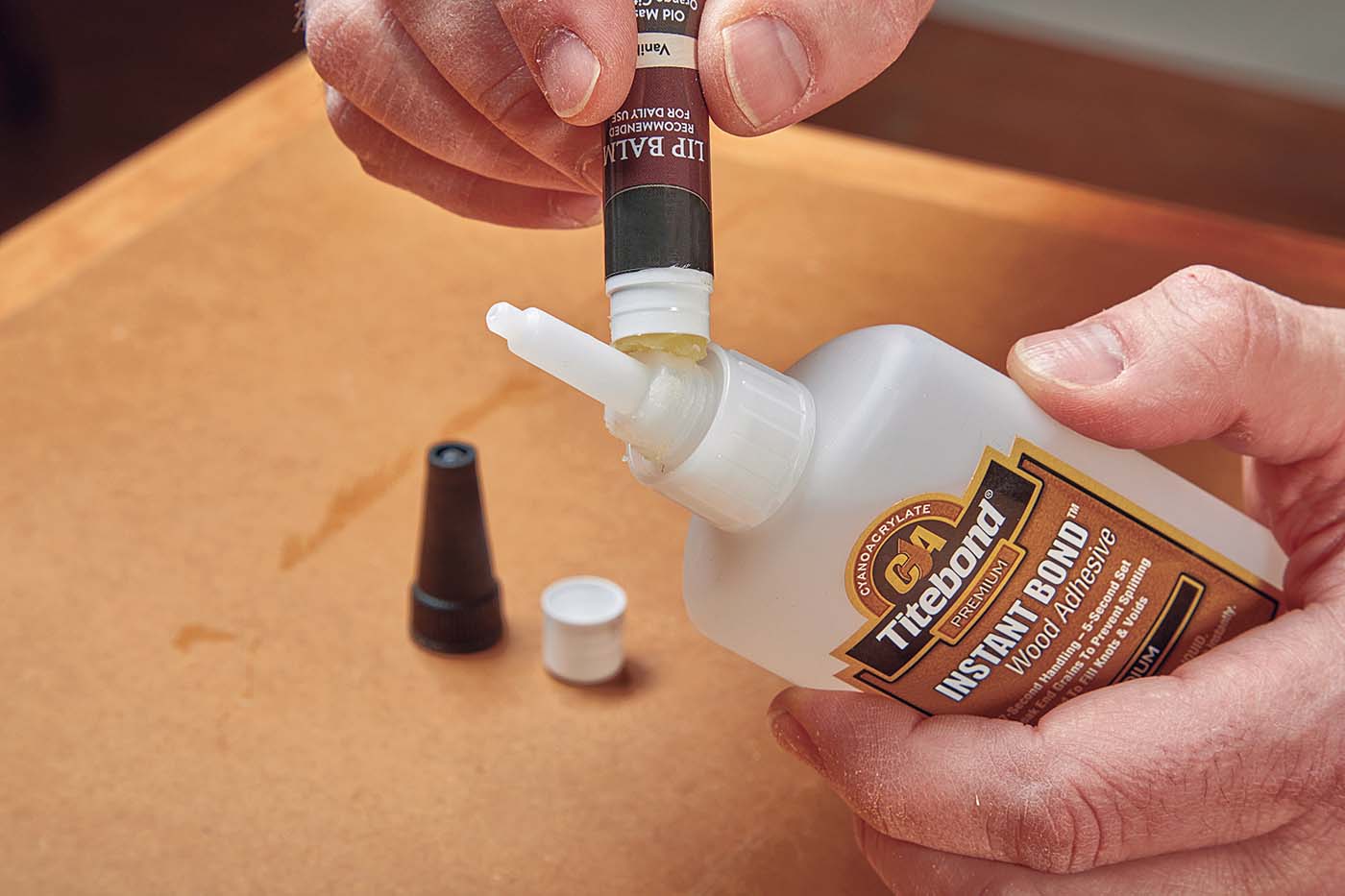
When it comes to an all-around measuring and layout tool, it’s hard to beat a combination square. But the rulers on most combination squares are only accurate down to 1 ⁄ 64 " (assuming your eyesight is good enough to read the scale).

This may be fine for general measuring of parts. But for setting up tools and equipment, it’s not really accurate enough. That’s where the
Multi-Gauge by Oneway Manufacturing comes in. Although it was originally designed for setting up jointers, this easy-to-use device has all sorts of uses in a woodworking shop, as you’ll see later.
At first glance, the Multi-Gauge looks like nothing more than a holder for a dial indicator. But what makes this gauge so useful is its precision. For starters, the dial indicator measures in increments of .001" — precise enough for any piece of woodworking equipment.
The frame of the gauge is constructed out of rugged cast iron, and the sides and edges of the gauge are machined flat and square. The large size and heft of the frame allows the Multi-Gauge to stand upright and stable, leaving you with both hands free to make adjustments.

The dial indicator supplied with the Multi-Gauge includes two tips — one that’s machined flat and one that’s round. The flat tip is useful when taking measurements off the top of a tool, while the round tip is great for reaching into the bottom of tight places. (You can also purchase after-market dial indicator tips for other measuring tasks.)


MULTI-GAUGE USES
The Multi-Gauge can be used in all sorts of ways, and the instructions that come with the tool offer several suggestions. Here’s a look at some of the most common uses.
JOINTER SETUP. Adjusting the knives on a jointer can be among the most frustrating tasks in woodworking. But the Multi-Gauge makes it easy. All you need to do is place the Multi-Gauge on the rear (outfeed) table of your jointer and zero out the dial indicator. Then move the gauge forward so the flat foot of the indicator rests on one of the knives. By taking measurements across the length of the knife, you can set it exactly flush with the surface of the outfeed table.
HEIGHT GAUGE. Using this same concept, the Multi-Gauge works great as a height gauge at the table saw or router table. With the flat foot of the indicator resting on the table, zero out the gauge. Then place the gauge so the indicator rests on your blade or bit. The dial indicator allows you to adjust the depth of cut with pinpoint accuracy.

LEVELING TWO SURFACES. You can also use the Multi-Gauge to level two adjacent surfaces, like the infeed and outfeed tables of a jointer, the extension wings of a table saw, or an insert plate, as shown above.

JOINERY. By adding a longer, extension tip to the dial indicator, you can also use the Multi-Gauge to measure the depth of grooves, dadoes, or rabbets (up to 1" maximum), as you see in the photo. Or use it to check the alignment of your table saw fence (How-To box below).
How-To: Table Saw Fence Alignment
 Although the
Multi-Gauge
isn’t really suited for measuring distances, it does work great for
comparing
distances. And this quality makes it ideal for checking the alignment of[ a table saw fence](https://www.woodsmith.com/review/best-table-saw-fence/) with the saw blade. (To do this, you may want to use an extension tip on the dial indicator.)
Although the
Multi-Gauge
isn’t really suited for measuring distances, it does work great for
comparing
distances. And this quality makes it ideal for checking the alignment of[ a table saw fence](https://www.woodsmith.com/review/best-table-saw-fence/) with the saw blade. (To do this, you may want to use an extension tip on the dial indicator.)
Place the Multi-Gauge against your rip fence and slide the fence over until the tip of the dial indicator contacts the blade. By comparing readings taken at the front and back of the blade, you can determine if your fence is parallel with the blade. (Note: Make sure to rotate the blade so the dial indicator contacts the same tooth for each reading.)











